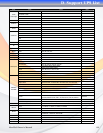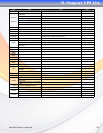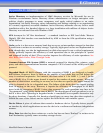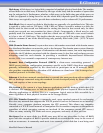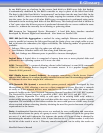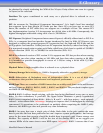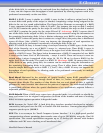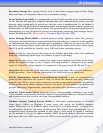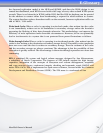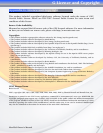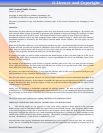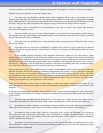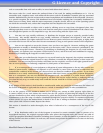
MaxNAS Owner’s Manual
76
the favoured replication model is the HUB and SPOKE, and thus the WINS design is not
central but distributed, each WINS server holds a full copy of every other related WINS system
records. There is no hierarchy in WINS (unlike DNS) but like DNS its database can be queried
for the address to contact rather than broadcasting a request for which address to contact.
The system therefore reduces broadcast traffic on the network, however replication traffic can
add to WAN / LAN traffic.
Write-back Cache When a cache is operating in write-back mode, data written into the cache
is not immediately written out to its destination in secondary storage unless the heuristics
governing the flushing of dirty data demands otherwise. This methodology can improve the
efficiency of write operations under favorable circumstances. However, its use can potentially
lead to incoherencies in a system that is not protected from power fluctuations or failures.
Write-through Cache When a cache is operating in write-through mode, data written into the
cache is also written to the destination secondary storage devices. Essentially write completion
does not occur until the data is written to secondary storage. Thus the contents of the cache
and the secondary storage are always consistent. The advantage is that the possibility of data
corruption is greatly reduced. The disadvantage is that write-through operations are more time
consuming
ZFS A combined file system and logical volume manager designed by Sun Microsystems,
a subsidiary of Oracle Corporation. The features of ZFS include support for high storage
capacities, integration of the concepts of filesystem and volume management, snapshots
and copy-on-write clones, continuous integrity checking and automatic repair, RAID-Z and
native NFSv4 ACLs. ZFS is implemented as open-source software, licensed under the Common
Development and Distribution License (CDDL). The ZFS name is a trademark of Sun
E-Glossary



